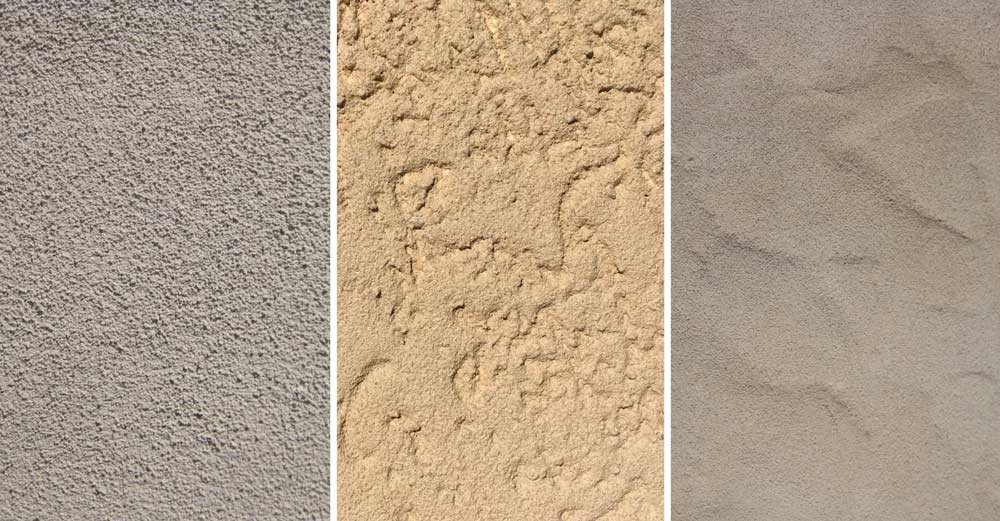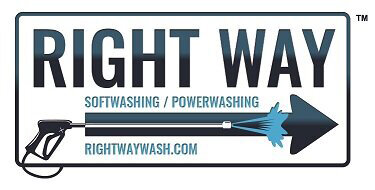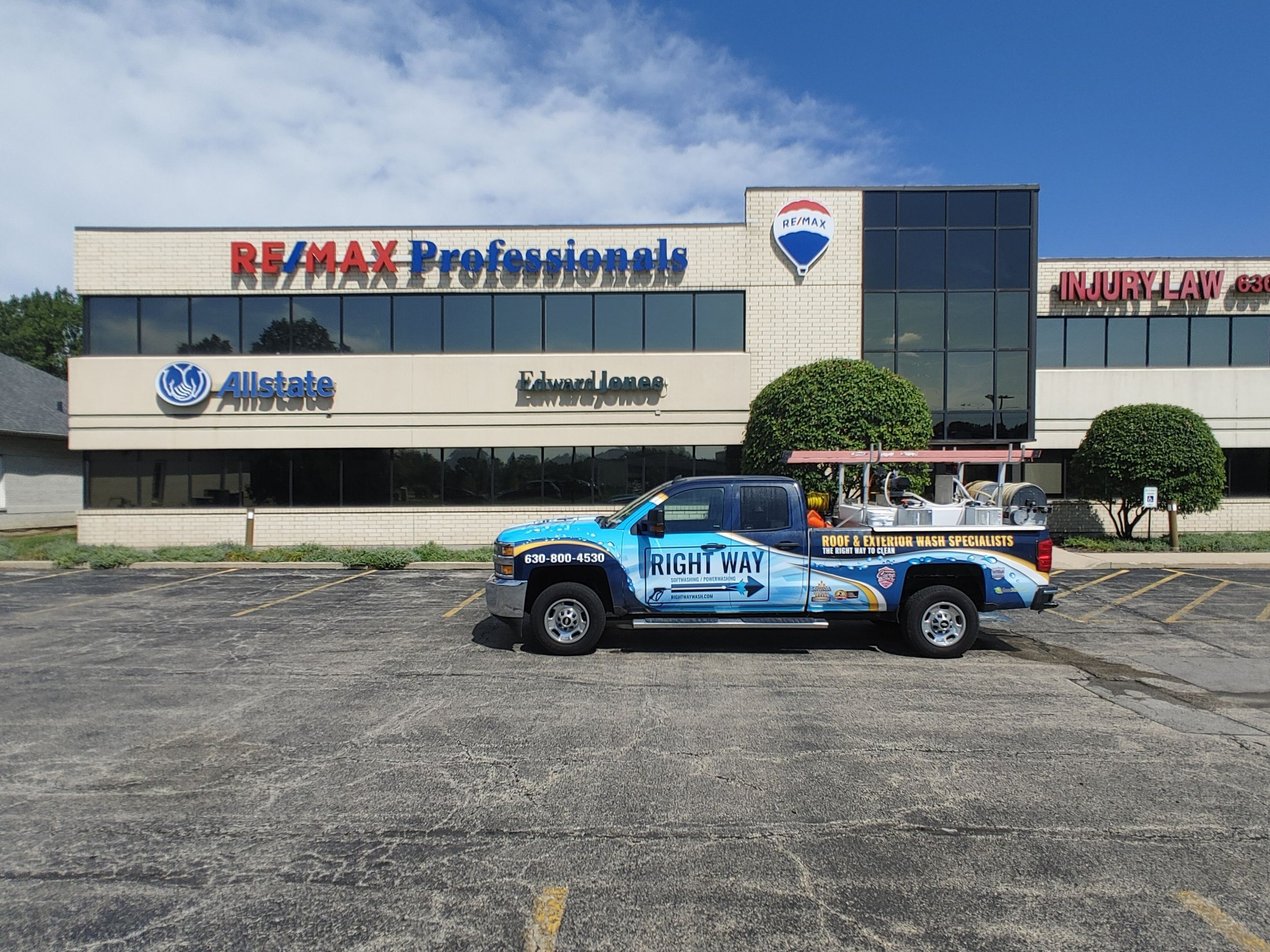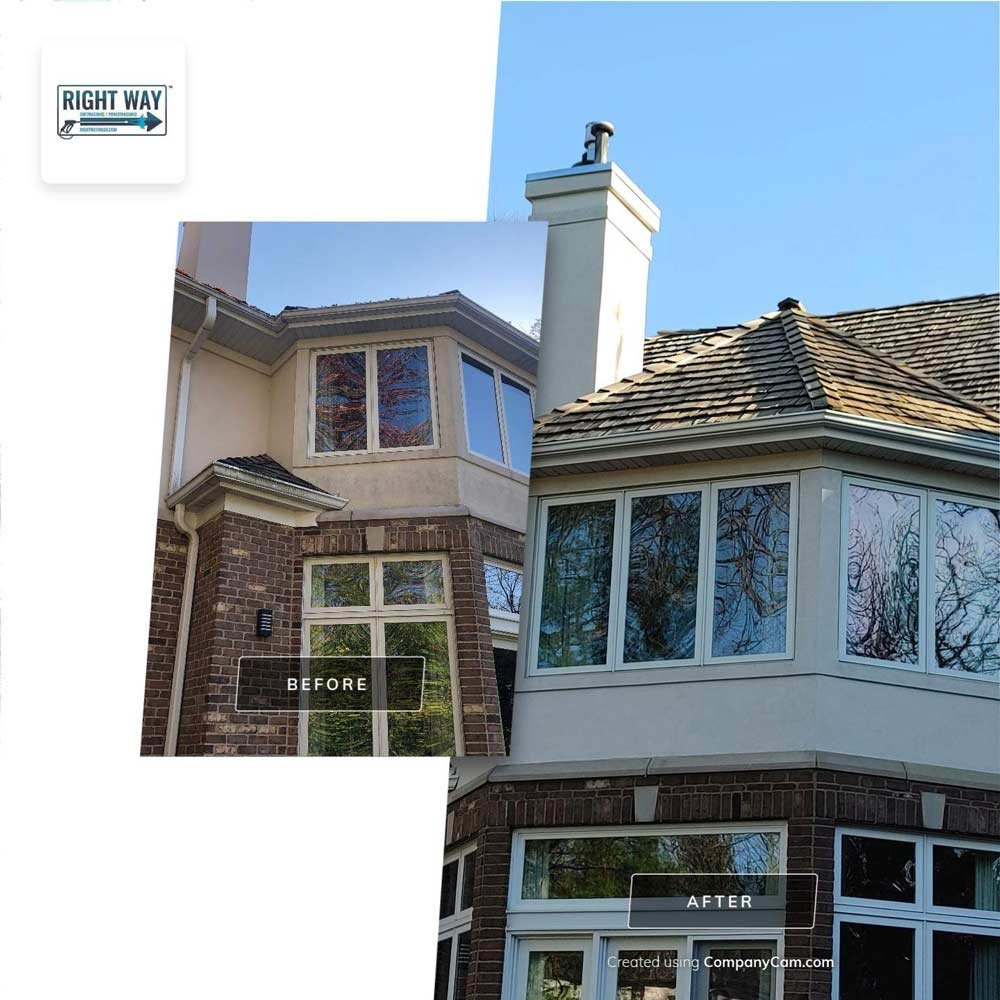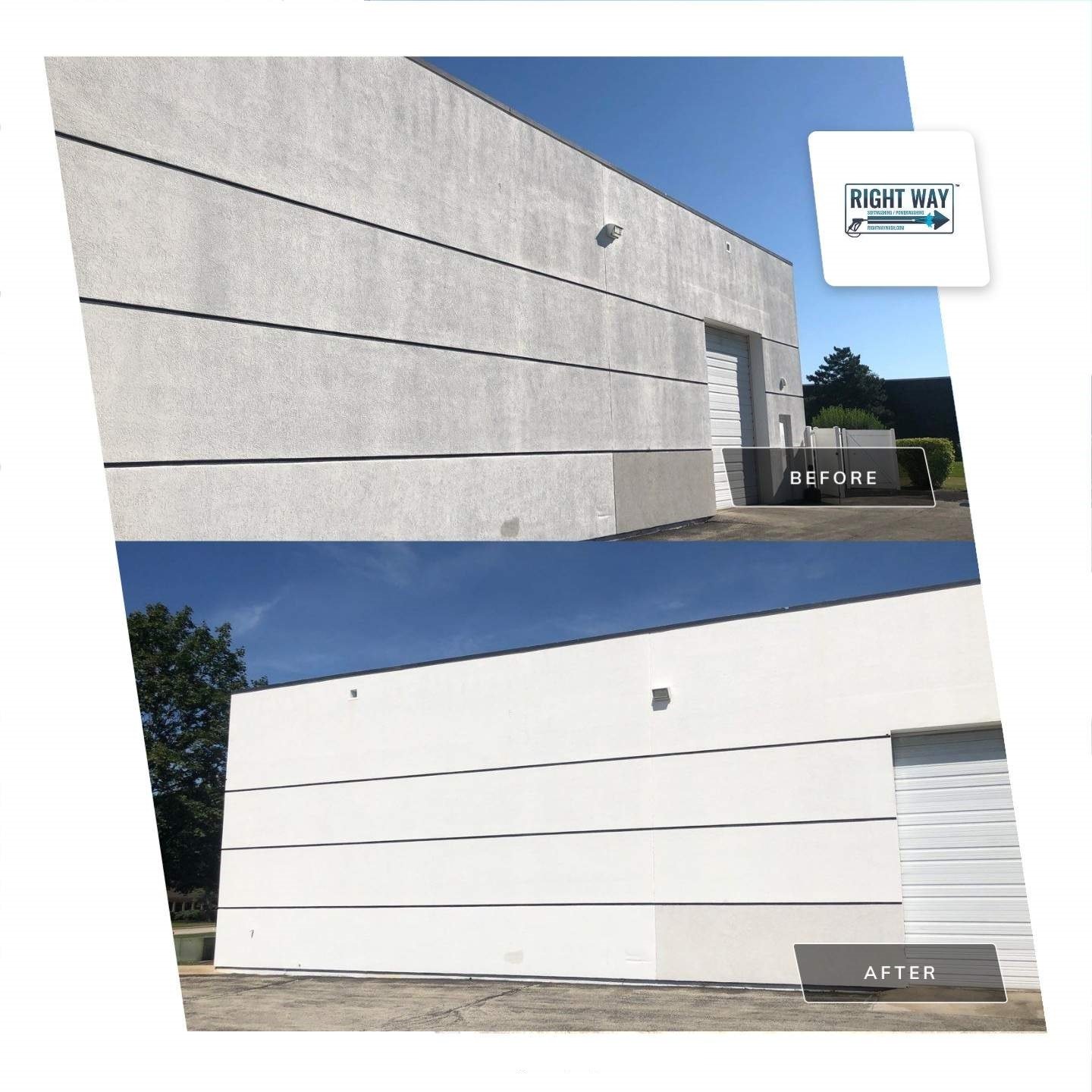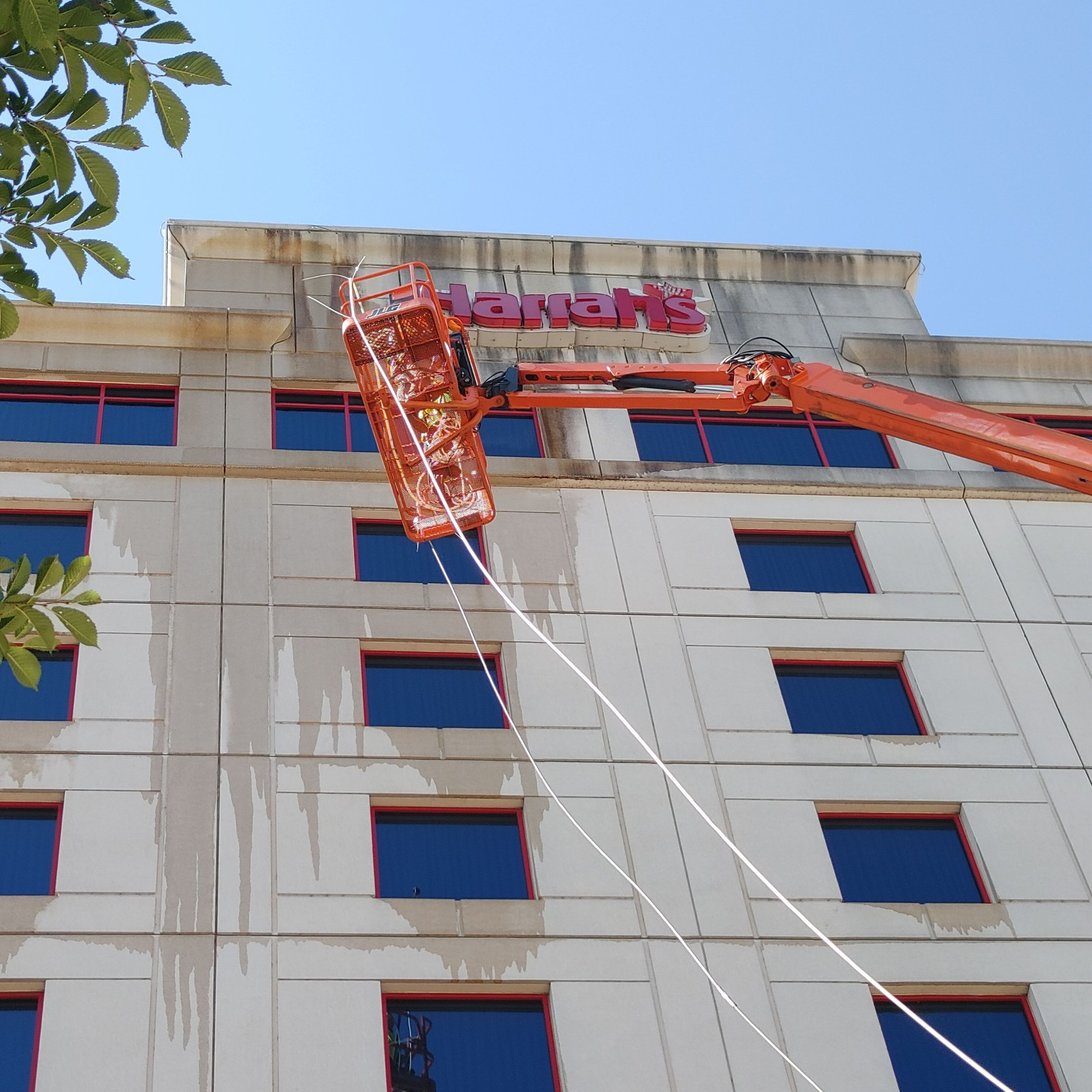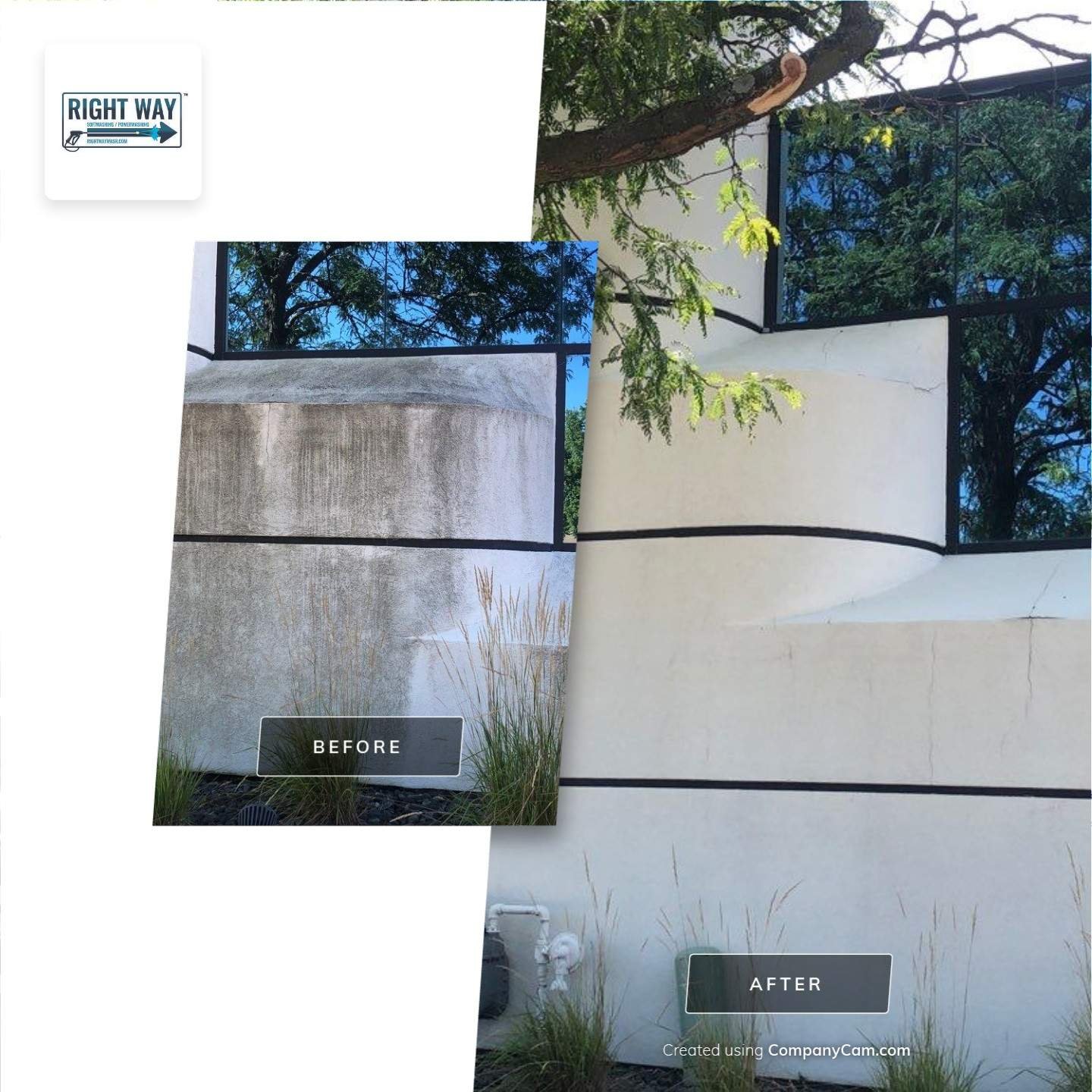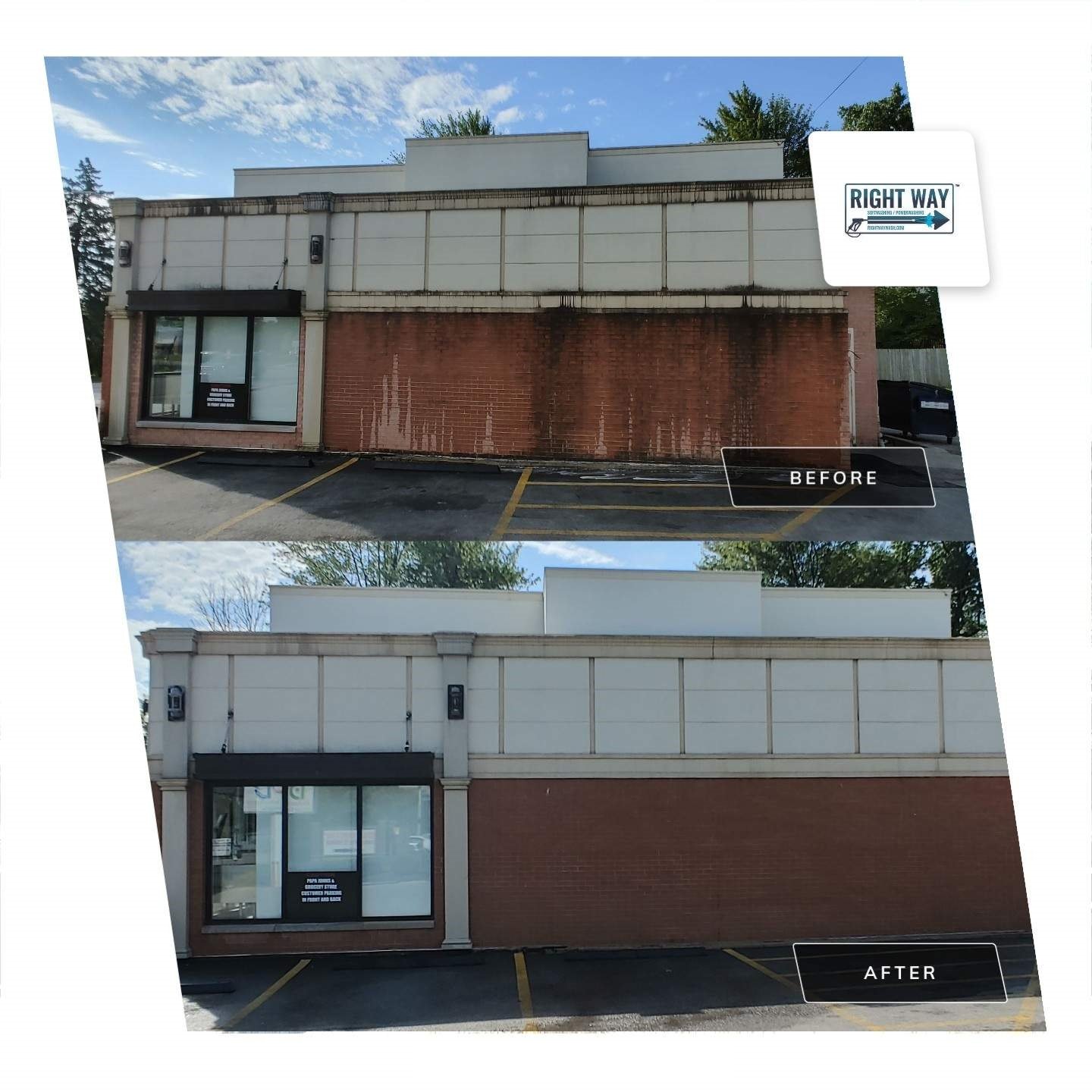
WELCCOME TO RIGHT WAY POWER WASHING
Cleaning Stucco and Dryvit with Soft Wash
Clean Stucco or Dryvit Safely with our Softwashing Low-Pressure System
Right Way employs our certified SoftWash system for cleaning stucco and Dryvit, using low water pressure (the same as your kitchen faucet) to safely clean stucco and dryvit.
Softwash is proven to remove dirt, kill bacteria and remove stains when possible. We also inspect property looking for damage such as cracks, holes, worn areas, cracked sealant, deteriorated flashings, and damage to wall components.
Despite using proprietary cleaning methods, Right Way is more realistic and up front about the possible outcomes versus many vendors who make false promises about the possible results and often fall short.
Right Way Recommends Only Working with Stucco & Dryvit Cleaning Experts
The most important aspect when choosing your exterior wash vendor is to make sure they are trustworthy, experienced, experts on Stucco and Dryvit and have all the proper training, certifications, and insurance.
Stucco and Dryvit are great products, and with appropriate maintenance plan can make the surface look great and extend periods between extremely expensive painting and repair projects.
Request a FREE Stucco or Dryvit Cleaning Estimate Today
OR CALL NOW TO SPEAK WITH AN EXPERT (630) 800-4530
Stucco Cleaning - Before and After Photos
Cleaning Stucco and Dryvit Requires Special Care!
Right Way only uses our SoftWash method for this cleaning process to remove dirt, kill bacteria and remove stains when possible. We also inspect property looking for damage such as cracks, holes, worn areas, cracked sealant, deteriorated flashings, and damage to wall components.
Unfortunately, homeowners that defer or skip maintenance on stucco surfaces typically face difficult and permanent stains that are burnt onto the finished coat.
Stucco Cleaner - SoftWash is the Best Method Available Today
Traditionally stucco is hard surface, but not quite as hard as traditional concrete so it does need special care when being cleaned, as to not ruin the texture or membranes, and most importantly the finishing coat. Various designs and textures can be created for either a smooth finish or coarser consistency for greater depth, and vast color choices for the finished coat.
Stucco Cleaning Concerns
Like any surface, regular maintenance plans are schedule to avoid dirt, stains, algae, and mildew issues which can turn into permanent stains. However, the use of traditional high-water pressure on Stucco and Dryvit typically voids most manufacturers warranties. Stucco is thin and Dryvit is composed of foam thus can be damaged by the high-water pressure causing cavities on the surface, discoloration, and damage to multiple layers.
When cleaning Stucco and Dryvit, we only recommend using low water pressure, approved cleaning methods and detergents.
Stucco and Dryvit are very similar building materials typically used as a finishing product for siding. Stucco uses traditional masonry material as building component, whereas Dryvit is a type of Exterior Insulation and Finish System (EIFS) which uses a foam insulation core covered with a polymer-based finish.
Stucco is one of the oldest types of materials, and can be dated back to the 1800’s. Stucco has an old-world look and is considered both an architectural style and a material which is sometimes compared to adobe type of plastering process.
Dryvit was invented in the late 1960’s and started to become popular in the 1970’s in North America due to oil embargo, with main purpose of conserving energy for both cooling and heating from usage of insulating walls. Dryvit use of foam core is what gives it the insulating properties partnered with the polymer finish which makes it durable, and resistant to weathering, moisture, and general resistance impact.
